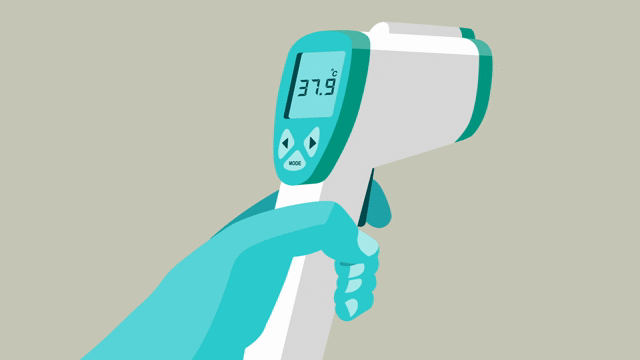Powering mobile medical equipment with graphite and carbon
Graphite and carbon ensure portable healthcare devices operate safely.

We take it for granted that electricity will continuously power our stationary equipment, but for portable devices that are important in our daily lives – and critical to our survival – batteries are essential.
There are batteries you can see—the packs of alkaline batteries you buy at the grocery store and insert into gadgets and lithium-ion batteries—and those that are concealed within devices such as laptops, tablets and smartphones that are re-chargeable. The batteries in all these mobile energy devices need the right type of speciality graphite and carbon to improve their performance.
Without safe, reliable batteries, vital medical equipment would not work. This includes mobile medical workstations that store hospital patients’ electronic medical files, surgical tools and defibrillators, equipment used by paramedics and ambulance workers, and devices that improve patients’ day-to-day lives, such as rechargeable hearing aids and pacemakers.

Digital and infrared thermometers, which require alkaline batteries, are used in hospitals to check patients’ temperatures quickly and accurately. Demand for these and other battery-operated medical devices, such as blood pressure monitoring devices and nebulizers, rose sharply during the Covid-19 outbreak, as they have been used not only by hospitals but by organisations in all sectors to check the health of employees arriving at workplaces.
The carbon and graphite material used in batteries must, therefore, meet tough standards and regulations for safety and reliability.
High-purity conductive additives for alkaline and lithium-ion batteries
Imerys provides vital conductive additives to battery manufacturers that make their products as safe as possible.
In both alkaline and lithium-ion batteries, the electrodes require an additive to make them electronically conductive. In alkaline batteries, this additive is graphite; in lithium-ion batteries, different types of carbon can be used, but typically it’s carbon black.
The additive – whether graphite or carbon – must be high purity. Any contaminant in the graphite will be detrimental to the functionality, shelf life and/or duration of the battery. In the most extreme cases, impurities can be dangerous, with the risk of overheating and catching fire or exploding.
When you think back over the past 20 years, we take for granted the tremendous advancements that have been made in battery technology and how important batteries have become in our day-to-day lives. They are more compact, charge faster and stay charged longer. Imerys has always been a key player in the advancement of each generation of batteries as our extremely pure and highly conductive carbon-based products contribute to enhanced performance, reliability and safety.




